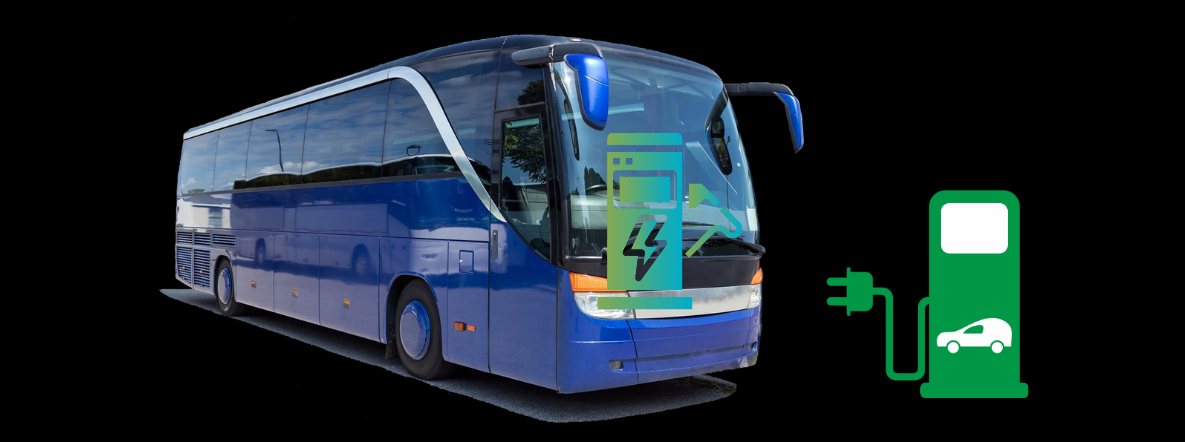E-buses not a great idea for India
30 Dec 2021
Opinion: Sanjib Pohit
The batteries would require frequent charging. Trolley buses quite similar to trams are a better option.
With commitment of net zero emission by 2070 India is on a war footing to reduce her carbon footprint in all sector of economy.
As transport sector is a big emitter of GHG emission due to our over dependence of fossil based vehicles efforts are being made to look for alternative fuel sources for transport sector. All major urban transport corporations are now in a hurry to switch their fleet of GHG emitted buses to something that is clean.
NITI Aayog has given a big push towards battery operated electric vehicles both as medium for personal transport as well as for public transport. Thus we see most of the urban transport corporations now going for battery operated buses to replace diesel based buses as mainstay of urban transport system. CNG buses which are prevalent in many big cities are no more being encouraged. The battery operated buses seem to be the vehicle of the future. Of course metros are now being constructed in many more cities including tier 2 cities to move commuter in a faster and non-polluting ways.
However one should recognise that urban transport system based on battery operated electric buses (EV) have several inherent disadvantages.
The minuses
Firstly battery operated EV costs much more than fossil based buses. Moreover as the batteries don’t last long enough for a full day’s work buses have to swap in and out of service. To run the same frequency that used to be provided with CNG/Diesel buses an urban transport corporation has to maintain nearly twice the number of CNG/Diesel buses.
As battery life is limited the life of such vehicle is shorter than that of CNG/Diesel buses. Furthermore the disposal of used batteries is an issue as this is a hazardous material. Not much attention has been paid on this aspect while going for the vigorous push for electric vehicles.
In hindsight there have been multiple corporate players who have a stake in battery operated EV buses. No doubt they have been lobbying intensively with the government for this transition. However once we turn our gaze to the rest of the world there is not much evidence to show that battery operated electric bus is the preferred choice for urban transport system.
The light railways system or trams forms part of the urban transport system in most of the major cities of the world. Of course in India the trams are currently operated in Kolkata albeit on a limited scale. The trolley bus system is operated in 280 cities around the world and is on a growing trend. In India it used to be operated in Mumbai but was discontinued in the early 1970s.
Compared to trams the installation of trolley buses is cheaper and they do not require laying of lines or dedicated corridor. Since a trolleybus operates on rubber pneumatics (unlike tram) which cannot close the circuit its electrical energy supply must be insured by two trolley poles which are in constant contact with two contact conductors ( and -) under direct voltage.
The trolleys are swivel-attached to the roof of the trolleybus and generally have a length of about 6 metres which leaves to the trolleybus freedom of lateral movement of up to 4.5 metres. Thus unlike tram it does not add to traffic congestion and operates more like an ordinary bus.
Advantage trolleybus
Modern electric trolley buses are clean reliable and relatively inexpensive to maintain. India should adopt this for multiple reasons.These are proven technology and have a longer useful life than any battery electric bus.
So a trolley bus system is significantly cheaper to run even factoring in the maintenance of overhead wires. Electric trolley buses currently have advantages in terms of capacity proven lifecycle performance daily performance for high volume and high frequency routes.
Since electric trolley buses don’t have to carry big heavy batteries on board they offer additional seating capacity which makes a big difference on high demand routes.
Finally battery buses need additional time to recharge (fast charging technology remains at a suboptimal stage) and tend to get many fewer real world miles than advertised meaning the buses can’t complete as many runs in a day.
As a result transit agencies have found that they must purchase additional battery electric buses to run the same service than then they would need with electric trolley buses.
Thus purchasing battery electric buses is not an operationally sensible idea. Moreover battery operated electric bus costs more than a trolley bus. Moreover as India is dependent on imported batteries for vehicles trolley bus system is a better bet for Atmanirbhar Bharat. On top of it disposal of used battery is an issue one needs to be factored in while making a policy decision.
Recently there was an important innovation that combines the flexibility of running without trolley wire and the reliability of the trolleybus called in-motion charging. Current trolley buses have small batteries designed to allow the bus to go off-wire for a fraction of a mile to detour around obstacles.
In-motion charging expands this concept by equipping the bus with enough battery for about five miles of off-wire travel. This technology is increasingly popular in small Central European cities because it allows all the advantages of trolley wire while allowing the avoidance of the most difficult (and expensive) points of installation and maintenance (i.e. intersections rotaries and low underpasses).
Given these multiple advantages India needs to go for trolley bus system for urban transport system.
The writer Sanjib Pohit is Professor at NCAER Delhi. The views expressed are personal.
Published in: The Hindu, 30 Dec 2021






